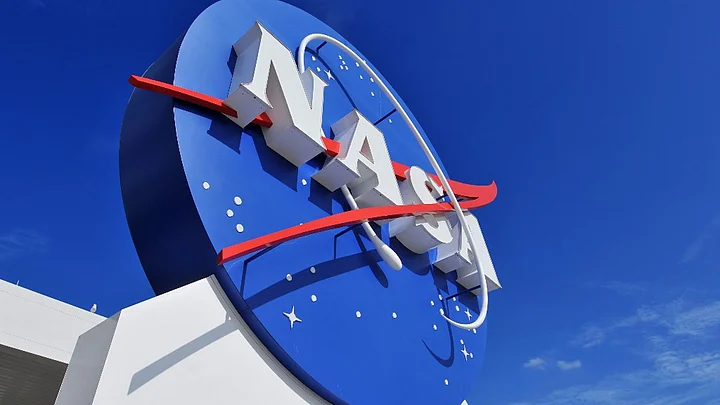NASA has teamed up with the US defence research agency to build robots that can not only refuel and repair satellites, but also sabotage enemy spacecraft in the event of space war.
These robotic satellites, known as "service stations in orbit," could drastically improve the lifespan of satellites.
The robots could fix minor maintenance issues, keeping up with current orbiters as they age and sustain damage.
Currently, faulty systems can rarely be repaired in space and have to be replaced, which is difficult and expensive.
Additionally, the repair bots could sabotage enemy satellites in the event of space war. Possible applications would include dismantling opponents or forcing them to crash, 'Futurism' reported.
The service stations will also help clear up space debris. In 2015, there were about 25,000 human-made objects larger than a human fist and roughly half a million larger than a dime orbiting Earth.
Space Debris
Space Debris is a term for the left behind human-made objects in the space. These could be things such as old satellites and spent rocket stages. It includes the fragments from their disintegration, erosion and collisions. As of December 2016, five satellite collisions have resulted in generating space waste.
According to NASA, space debris encompasses both natural (meteoroid) and artificial (man-made) particles.
These objects travel at high speeds and could pose a serious hazard to new satellites and spacecraft venturing beyond the Earth.
Orbital Debris (space debris made out of man-made particles) is any man-made object in Earth’s orbit which no longer serves a useful function. Orbital Debris can come from any of these:
- Non-functional spacecraft
- Abandoned launch vehicle stages
- Mission-related debris
- Fragmentation debris
Space Debris is denser within 2,000 km Earth-altitude. It is often denser than meteoroids at that altitude, most of them being dust from solid rocket motors, surface erosion debris like paint flakes, and frozen coolant from nuclear-powered satellites.
However, orbital decay takes much longer at higher altitudes as air drag is less significant. Atmospheric drag, lunar perturbations, Earth's gravity perturbations, solar wind and solar radiation pressure can bring debris down to lower altitudes (where it decays), but at very high altitudes this may take millennia.
(We Indians have much to talk about these days. But what would you tell India if you had the chance? Pick up the phone and write or record your Letter To India. Don’t be silent, tell her how you feel. Mail us your letter at lettertoindia@thequint.com. We’ll make sure India gets your message.)
(At The Quint, we question everything. Play an active role in shaping our journalism by becoming a member today.)
